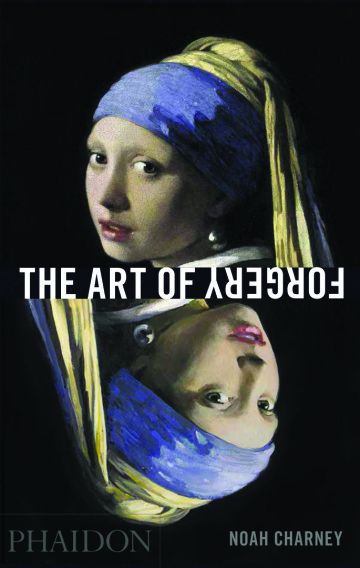
Originally published in the Marina Times San Francisco September 2015 edition
Hold! You crafty ones, strangers to work, and pilferers of other men’s brains! Think not rashly to lay your thievish hands upon my works. Beware! Know you not that I have a grant from the most glorious Emperor Maxmilian that not one throughout the imperial dominion shall be allowed to print or sell fictitious imitations of these engravings? -Albrecht Durer
In his illustrated history of forgery, Noah Charney charts a course through the history of
art crime and illusion while broadly examining the idea of authenticity. Beginning with
Albrect Durer’s failed attempt at persecuting a forger in 1506, (a judge told Durer he
should be flattered that others wished to copy his engravings) through modern times
with more robust intellectual property laws, Charney reminds the reader that the world
wishes to be deceived. Artists wish to prove they are as good as the famous creators
they mimick. Collectors wish to believe their collections are full of real treasures instead
of fakes. Academics wish to protect the sanctity of their research and published articles.
Charney says that the art industry is a “multibillion-dollar-a-year legitimate industry
that is so opaque that you can’t quite understand why anyone participates in it.” This
might contribute to the popularity of art crime stories and the forgers who, when
revealed and prosecuted, emerge as Robin Hood characters, tricking the ruling class
and making fools out of people who have 179 million dollars to spend on a Picasso at
Christie’s. But the corrosive impact of fraud dilutes the timeline of art history with a
patchwork of fakes made in different qualities and different eras. These are some of the
tangible and intangible costs of fraud.
Though there is an art and definite skill involved in many forgeries, the author informs
us that “forgers are largely failed artists who are missing one component of greatness. It
is inevitably the confidence trick that marks the moment when a crime is actually
committed, and that most often passes off an object which, examined in a vacuum,
would fool few.” Some works, after proven to be frauds, continue to be regarded as
authentic by those with enduring belief. History in this case belongs to the conquerors,
and the forgeries that remain undiscovered possess the power to rewrite history.
The Art of Forgery is published by Phaidon and can be found at Phiadon.com